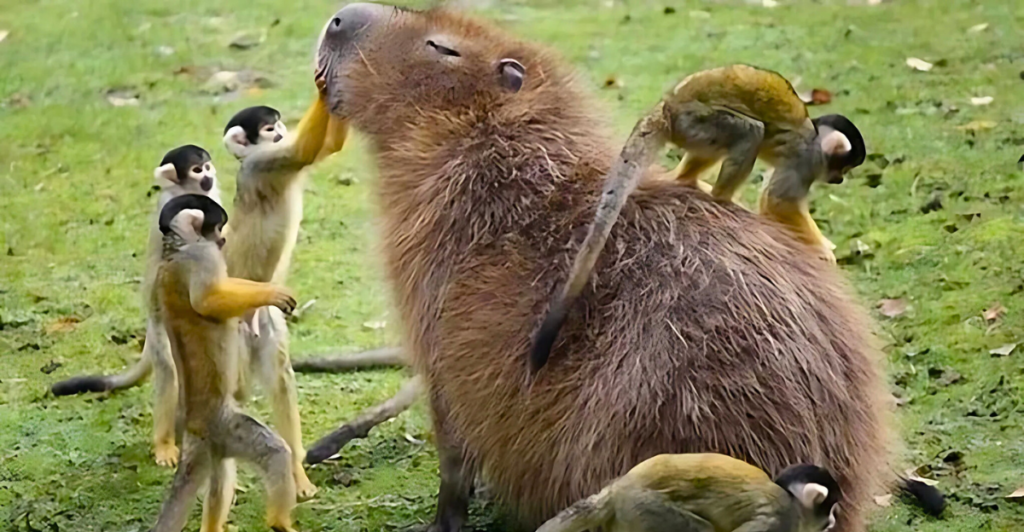
Survival in the wild isn’t always a solo mission. Across the animal kingdom, unexpected partnerships help animals find food, escape danger, and thrive in harsh environments. From zebras and ostriches watching each other’s backs to wolves working together as a pack, these duos prove that teamwork can mean the difference between life and death. Here are 10 fascinating animal duos that prove cooperation is key to survival—and what we can learn from them.
1. Ostriches and Zebras – The Perfect Lookouts
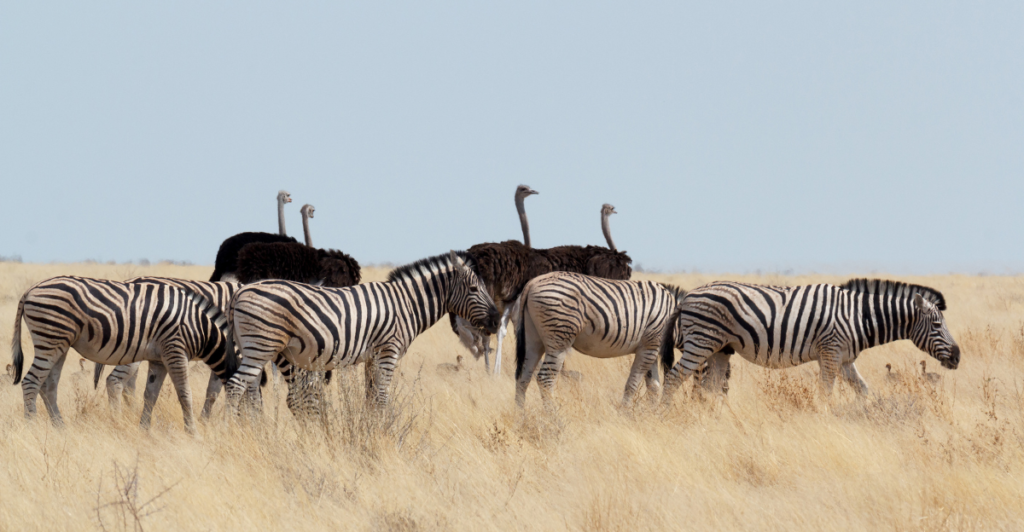
Ostriches have a sharp sense of smell but very poor eyesight, while zebras have excellent vision but a weak sense of smell. By teaming up, they can detect predators more effectively, keeping each other safe. This partnership highlights the power of collaboration—when different strengths combine, they create a formidable advantage for survival. It’s a beautiful reminder of nature’s teamwork!
2. Clownfish and Anemones – A Colorful Partnership

Clownfish seek refuge among the stinging tentacles of sea anemones, which offer them protection from predators. In return, the clownfish clean the anemone and provide it with nutrients. Their relationship illustrates the importance of collaboration, showing how working together can create security and support that helps both species thrive in a challenging environment.
3. Pistol Shrimp and Goby Fish – A Tiny but Mighty Team
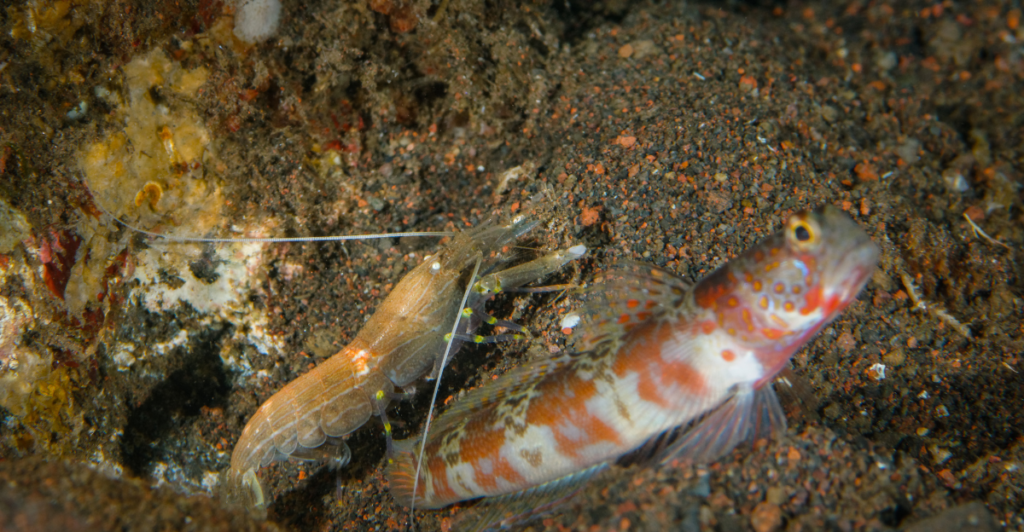
The pistol shrimp tirelessly digs a burrow that both it and the goby fish share. In exchange, the goby serves as a vigilant lookout, keeping the shrimp safe from threats. This partnership beautifully demonstrates the power of trust and teamwork in building a secure and harmonious home!
4. Coyote and Badger – Hunting Buddies
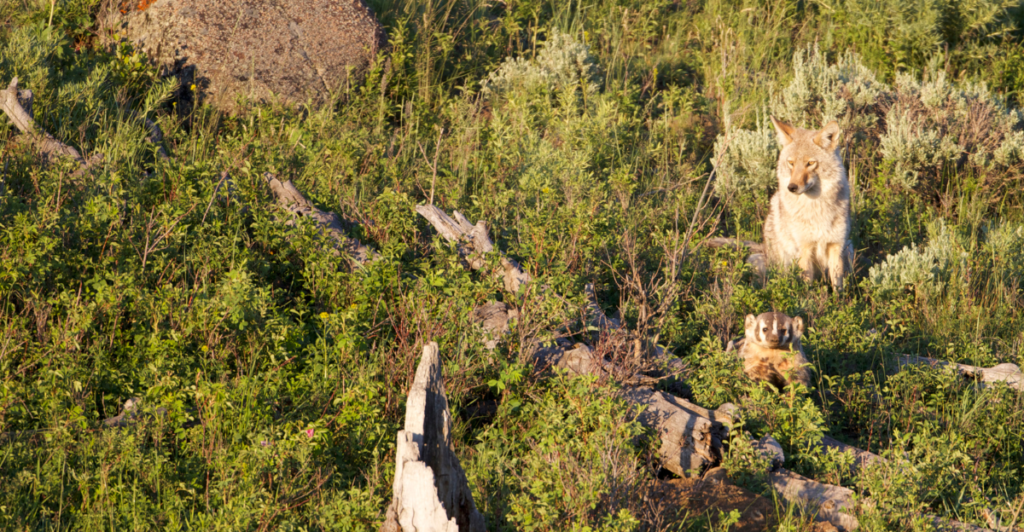
Coyotes utilize their speed and agility, while badgers depend on their digging skills. Together, they flush out rodents, leading to a successful hunt. Their teamwork highlights how different abilities can complement one another, increasing their chances of success.
5. Oxpeckers and Rhinos – Nature’s Cleaning Crew

Oxpeckers perch on rhinos, eating ticks and parasites that affect their large hosts, which helps keep them healthy. In exchange, the birds receive a reliable food source and a secure resting place. This relationship shows how helping others can result in mutual benefits for both parties.
6. Coral and Algae: A 210-Million-Year Partnership

Coral and algae are closely connected; they act like one living being. However, the algae actually live inside the coral. In exchange for a safe home, algae provide energy to the coral, helping it grow. Unfortunately, rising ocean temperatures put this relationship at risk. When under stress, coral expels its algae, causing harmful bleaching. This ancient partnership shows us how fragile ecosystems can be.
7. Wall Lizards and Arum Lilies: A Stinky but Smart Alliance
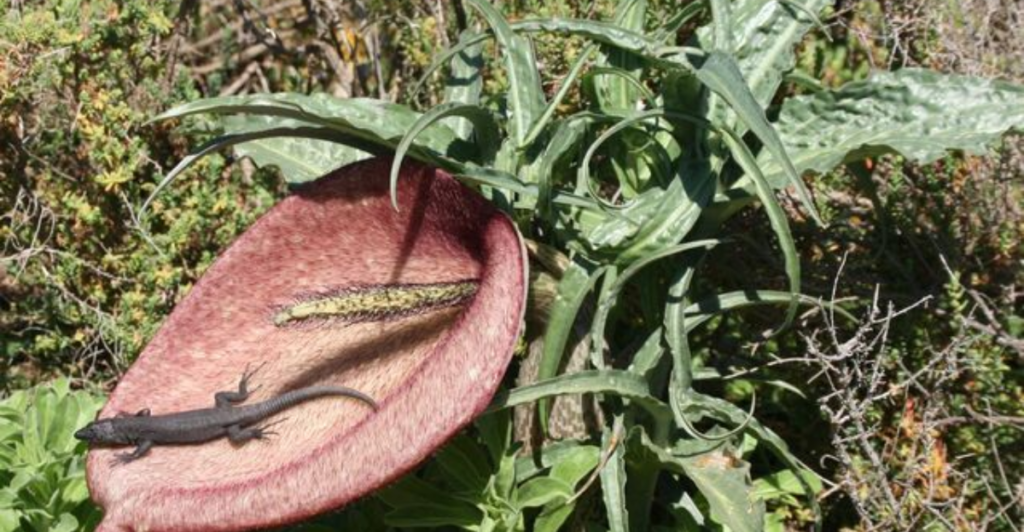
On Spain’s Balearic Islands, the Lilford’s wall lizard eats the seeds of the dead horse arum lily, a plant that smells like rotting flesh. After it digests the seeds, the lizard spreads them, helping the plant grow. This unusual relationship shows how odd partnerships can benefit both sides.
8. Warthogs and Mongooses: The Ultimate Spa Treatment
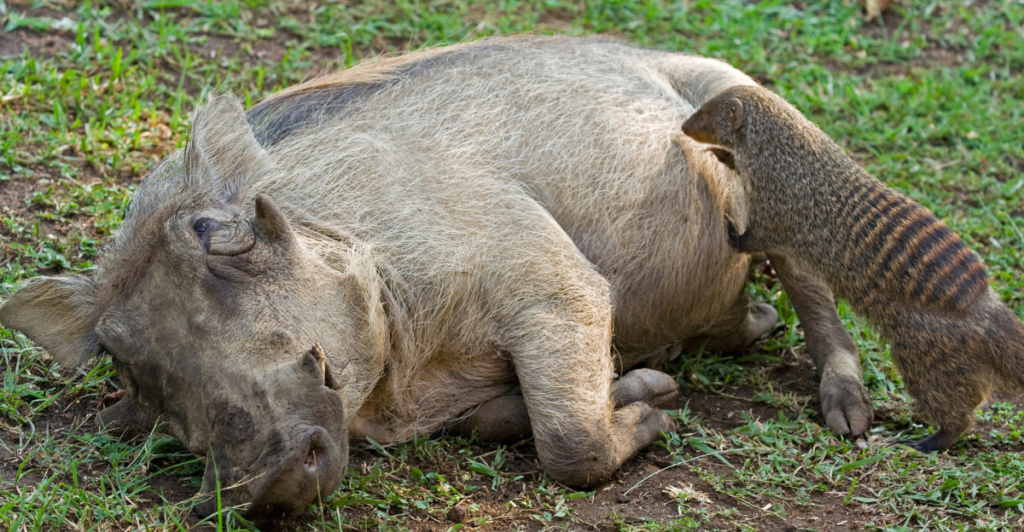
In Queen Elizabeth National Park in Uganda, warthogs lie down while banded mongooses eat the ticks on their bodies. Some mongooses even climb on the warthogs for a better meal! This partnership keeps the warthogs free of pests and gives the mongooses an easy snack—showing that teamwork can be as simple as helping each other out.
9. Honeyguide Birds and Humans: A Sweet Deal

In Tanzania, honeyguide birds help humans find hidden beehives. When the hive is opened, humans take the honey, and the birds eat the beeswax and larvae left behind. Some honey hunters even use special calls to talk to the birds! This unique partnership shows that cooperation can go beyond just animals.
10. Ethiopian Wolves and Gelada Monkeys: A Strange Tolerance
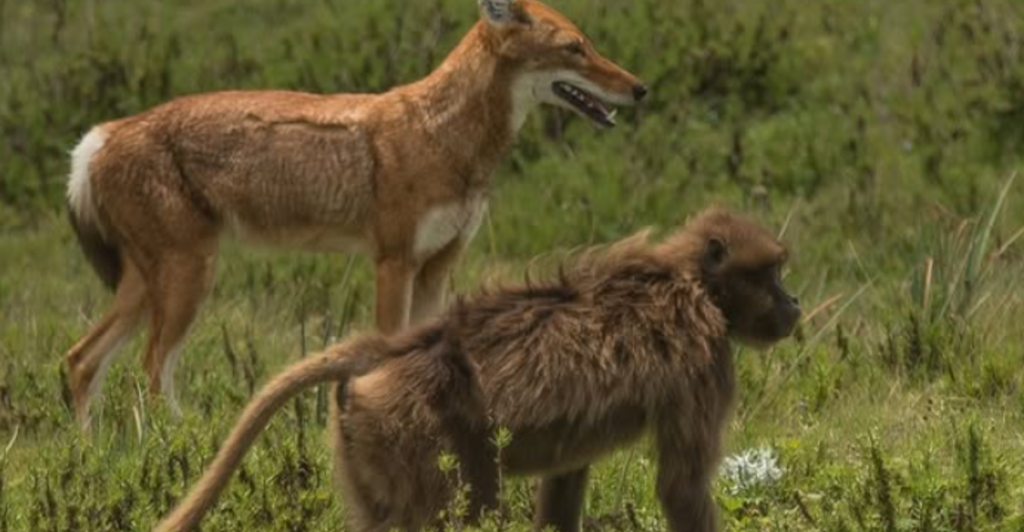
Ethiopian wolves live among gelada monkeys and hunt for rodents. The wolves do not attack the monkeys, and the geladas tolerate their presence. Scientists are not sure if the monkeys gain any benefits, but the scent of the wolves might keep other predators away. This unusual relationship shows that not all partnerships are simple or completely understood.
Discover more of our trending stories and follow us to keep them appearing in your feed

10 Animals Unfazed by Rattlesnakes and What We Can Learn From Them
12 Fascinating Ways Animals See the World Differently Than Humans
There Will Be Eruptions: Concerns Mount as Yellowstone Supervolcano Activity Shifts
The War on Cows Is Over—And Green Extremists Have Lost
References:
Reference 1
Reference 2
Reference 3
This article first appeared here
Stay connected with us for more stories like this! Follow us to get the latest updates or hit the Follow button at the top of this article, and let us know what you think by leaving your feedback below. We’d love to hear from you!







